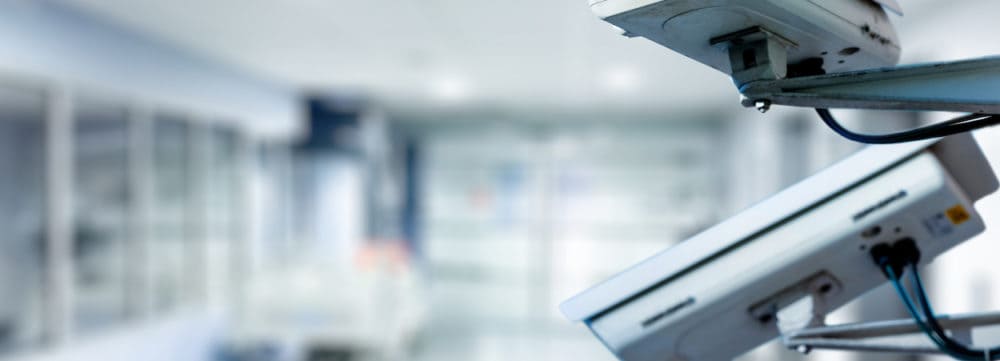Blog
Designing Hospitals with Security and Safety in Mind

Hospitals are places of health and restoration. Fostering an environment where patients and staff feel welcome and safe will facilitate the healing process. In 2018, the U.S. Bureau of Labor Statistics found that the healthcare and social assistance sector had more occupational injuries compared to all other sectors of the economy. Designing Hospitals with security and safety in mind is necessary in today’s market.
Threats to Consider
Hospitals are faced with security threats every day including brutality, mental-health-related incidents like rage, delirium, and madness, and criminal threats such as theft, and potential gun violence. To offer some perspective, Tom Mhiahljevic, CEO and President of Cleveland Clinic, states they confiscated around 30,000 weapons from patients and visitors in 2019. These threats have the potential to cause injury, emotional stress and destruction.
Safety and Security Are Essential to the Healing Process
A safe environment is essential to the healing process, which means safety and security are also essential to the healing process. Medical facilities are a vital part of society and need to remain safe and functioning at all times. Healthcare designers can factor in security and safety when planning medical facilities.
Design Elements That Matter
One crucial element of healthcare design that helps improve security is the layout. The layout of each space to improve visibility matters. Every part of a hospital should be easily monitored. For example, parking garages need to be well lit and without any areas outside of camera coverage. It’s been proven time and time again. The areas that are not monitored are the areas where incidents occur.
Another element of safe healthcare design is clearly demarcated perimeters and zones. Hospitals should be compartmentalized appropriately. Every person at a hospital should understand clearly which areas of the facility are for patients, visitors, and staff. Wayfinding techniques can help mark each area. Security precautions such as badge access and security stations with staff should be used. Adopting these protocols makes the environment safe for patients, visitors and staff.
Compartmentalizing the facility will also help with potential active shooter events or other crisis. It’s difficult to even think of, but mass shootings are on the rise. Hospitals, due to the large number of people that occupy the facility, may become targets. There needs to be shelter locations for emergencies. There needs to be multiple exits and entrances so people may flee to safety. Wayfinding techniques come back into play. People need to be about to find their way around easily, especially in high-stress situations.
Incorporate Security Measures Holistically
Healthcare Designers can incorporate security measures holistically so that systems are pleasing and non-obtrusive. For example, the various security stations and devices need to meld in with the design of the facility. Factors such as physical barriers, lighting, and a security command center should also be considered. Some technologies can be easily interwoven into the design of the hospital, such as a digital visitor management system. Being aware of security threats in the planning and implementing stage is the best approach.
Take Away
There are many threats that a hospital potentially faces. A great deal of crime can end up finding its way into medical facilities. But there are many things a healthcare designer can do to prevent the worst from happening. Factors such as visibility, compartmentalization, and interwoven security features can be employed to drastically improve the safety of each hospital.
Marie Wikoff is the creator of Wikoff Design Studio based out of Reno, Nevada. Her expertise in healthcare design has helped modernize healthcare organizations locally, regionally, and internationally, improving patient experience and outcomes. Her credentials include Evidence-Based Design Accreditation and Certification (EDAC), American Academy of Healthcare Interior Designer (CHID), the National Council of Interior Design Qualification (NCIDQ) and LEED AP. Contact Marie Wikoff
Sources:
2018 SURVEY OF OCCUPATIONAL INJURIES & ILLNESSES.” U.S. Bureau of Labor Statistics, U.S. Department of Labor, 7 Nov. 2019, www.bls.gov/iif/soii-charts-2018.pdf.
Steer, Jen. “Cleveland Clinic CEO: Nearly 30,000 Weapons Seized at Hospital’s Facilities in 2018.” fox8.Com, 28 Feb. 2019, fox8.com/news/cleveland-clinic-ceo-nearly-30000-weapons-seized-at-hospitals-facilities-in-2018/.







